Reverse osmosis is a water treatment process that has developed rapidly in the 1960s. At present, it has been used in urban water, boiler feed water, power plant boiler feed water, industrial wastewater, seawater desalination, and solute separation in various solutions. The working principle of the reverse osmosis membrane is to use pressure as a driving force to separate the solvent from the solution. It has good applications in food, electronics, medicine, printing and dyeing and other industries. In the long-term use process, some problems are inevitable. How are some of the "phenomena" that occur during the application of reverse osmosis membranes formed?
 1. Scaling phenomenon
1. Scaling phenomenon
When users use pure water equipment, problems occasionally occur, such as reverse osmosis membrane scaling and pure water equipment joint leakage. At the beginning, I didn't care much, but over time, the problem will become more and more serious. Let's take a look at the causes of reverse osmosis membrane scaling.
First of all, when the pure water equipment is running, fresh water will be produced during the low-pressure flushing process, and the concentration of water on both sides will naturally deepen, which will also cause the concentration of salt to deepen. The salt contains a large amount of precipitable salts. Over time, scaling will occur.
Secondly, uneven dosing is also an important cause of reverse osmosis membrane scaling. If the antiscalant device leaks a lot, it is likely to affect the dosage of the antiscalant. The staff did not pay enough attention during the operation, and often did not flush in time during the shutdown process, which would also cause the reverse osmosis membrane to scale.
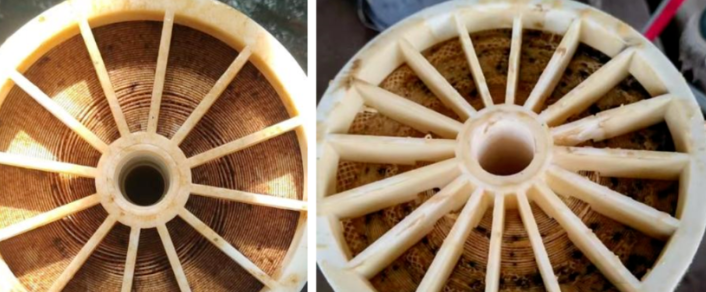 2. Oxidation phenomenon
2. Oxidation phenomenon
The oxidation phenomenon of the reverse osmosis membrane is also a phenomenon that is easy to occur during the use of the reverse osmosis membrane. The oxidation phenomenon will inevitably affect the performance. Several common reverse osmosis membrane oxidation phenomena:
Residual chlorine attack: Chlorine-containing fungicide is added to the influent of the reverse osmosis system. After pretreatment, it is not completely consumed, but enters the reverse osmosis system, and oxidation will occur. Trace residual chlorine and heavy metal ions in the influent undergo catalytic oxidation reactions in the desalination layer. In the water treatment process of the reverse osmosis membrane, oxidizing fungicides other than residual chlorine, such as chlorine dioxide, potassium permanganate, ozone, hydrogen peroxide, etc., will cause oxidation.

During use, we should take some measures to prevent the oxidation of the reverse osmosis membrane. First of all, we must ensure that there is no residual chlorine in the water entering the reverse osmosis membrane: generally, we will do a good job of testing before the water enters, and use some instruments to reverse the test to ensure that there is no residual chlorine. When taking sterilization measures, we must choose a suitable bactericide, and when cleaning the reverse osmosis membrane system, we must also operate separately from other configuration systems.
3. Rupture phenomenon


If the reverse osmosis membrane encounters back pressure at the water production end, it will cause the membrane to detach and be damaged. If the back pressure at the water production end is not prevented, a bursting membrane can be installed on the water production side. When the back pressure at the water production end increases to the bursting limit pressure of the bursting membrane due to poor pipelines and valve closures on the water production side, the bursting membrane will be damaged, and only a new bursting membrane needs to be replaced.
4. Pollution phenomenon
After the reverse osmosis device has been running for a period of time, pollutants in the water will pollute the filtration equipment. The RO membrane is the core technology of reverse osmosis work. In order to quickly determine whether the reverse osmosis device is polluted, it is necessary to understand the pollution phenomena and states of reverse osmosis.

Membrane degradation: Due to the hydrolysis of Hydraulic RO membrane elements, the cellulose acetate membrane elements are caused by too low or too high pH values, oxidation (such as various oxidants) and mechanical damage, such as water compression, membrane roll protrusion, overheating, and wear caused by fine carbon or sand materials, which can all cause the degradation of reverse osmosis membrane elements.
Sediment deposition: If adequate measures are not taken or the adequate measures taken are inappropriate, sediment deposition can be caused. Common sediments include carbonate scale, sulfate scale, silica scale, etc.
Colloid deposition: Colloid deposition is generally caused by metal oxides and other colloids.
Organic matter deposition: Natural organic matter, oils, excessive scale inhibitors and iron precipitation, and excessive cationic polymers (derived from pre-treatment filters) are all sources of organic matter.
Biological contamination: Microorganisms will form biological slime on the surface of Hydraulic RO membrane elements, and bacteria will erode cellulose acetate membranes. These microorganisms include algae, fungi, etc.
5. Telescope phenomenon
When doing the appearance inspection of reverse osmosis membranes, it mainly includes visual appearance inspection and component mass weighing. Visual inspection is to observe and record the pollution and wear of the end cap, end face, membrane roll, outer fiberglass, central tube, sealing ring and other parts of the membrane element, and to determine whether the membrane element has the "telescope" phenomenon.
Well, many people must ask, how can the reverse osmosis membrane become a "telescope"? In fact, the "telescope" phenomenon of the reverse osmosis membrane is a mechanical damage. The outer skin of the membrane element is offset from the membrane element and moves downstream, and sometimes even covers the next membrane element. A slight "telescope" phenomenon does not necessarily damage the membrane element, but in severe cases, it may cause the bonding line and the diaphragm to rupture.
The so-called "telescope phenomenon" refers to the pressure difference between the reverse osmosis water side and the concentrated water side exceeding the limit value, causing the membrane and the membrane, the membrane and the central tube in the reverse osmosis membrane element to slip, forming a membrane at one end of the membrane element to be concave inward and the membrane at one end to protrude outward, similar to the appearance of a telescope.
8-inch membrane elements are more likely to have this phenomenon because of their larger membrane cross-sectional area. It is necessary to ensure that stress rings are installed in the membrane pressure vessel to support the outer skin of the 8-inch membrane element. The smaller diameter membrane element is supported by its water production pipe and its stress resister to prevent the outer skin from sliding. After the telescope phenomenon occurs, the damaged membrane element should be replaced with a new element and the cause of the occurrence should be eliminated.
There must be a cause for every effect. What is the cause of this "telescope" phenomenon?
First, the installation or disassembly is not in accordance with the requirements, resulting in relative misalignment between the reverse osmosis membrane and the membrane;
Second, the rigidity of the membrane shell is not enough, and the membrane shell is deformed during pressurized operation;
Another important reason is that the system water inlet pressure increases too quickly when the high-pressure pump is started.
6. Compressed phenomenon

When the membrane is compacted, it usually shows a decrease in water production and an increase in desalination rate. Under normal operation, the membrane is rarely likely to be compacted. However, there may be a significant tendency of compaction in the following cases: excessive inlet pressure, high temperature, water hammer, when there is air in the reverse osmosis system, the high pressure pump is started, the pressure of the high pressure pump rises too quickly, it is easy to cause a strong impact on the RO membrane, there will be a water hammer effect, and it is easy to damage the reverse osmosis membrane. After the membrane element is compacted, the damaged membrane element must be replaced in time, or additional membrane elements need to be added later in the system.
7. Concentration polarization phenomenon
During the reverse osmosis process, as water continuously passes through the membrane, there is a concentration difference between the brine near the membrane surface and the inlet brine, and the concentration of the membrane surface solution is relatively large, which is concentration polarization. As a large amount of water passes through the membrane surface, the concentration greatly increases to a supersaturated solution, and some salts such as CaSO4, MgSO4, etc., which are not very soluble, will slowly precipitate crystals. At the beginning, these salts are only a few single crystals, and there is no crystal nucleus, so they cannot grow. It can only be deposited on the surface of the membrane or form a dissolution equilibrium in the solution. When the concentration of the solution on the surface of the membrane continues to increase, the water flow reaches a certain degree of equilibrium, and the crystal nucleus appears. The crystal nucleus begins to grow and gradually forms a surface or spiral state. If the external temperature is suitable and there are not many dissolved substances, the crystals will gradually grow. Solid scale is formed on the surface of the membrane, which will block the membrane and greatly reduce the water production efficiency.
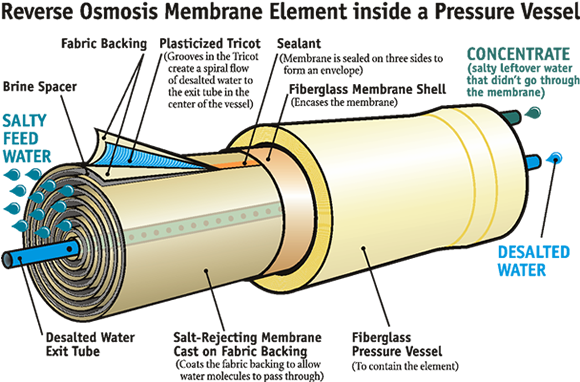
In summary, these are the 7 "phenomena" that occur during the application of reverse osmosis membranes. The reasons for their formation are different, and the treatment methods are also different. The above is the knowledge of reverse osmosis membranes introduced by Susan. I hope it will be helpful to everyone. Please continue to pay attention.
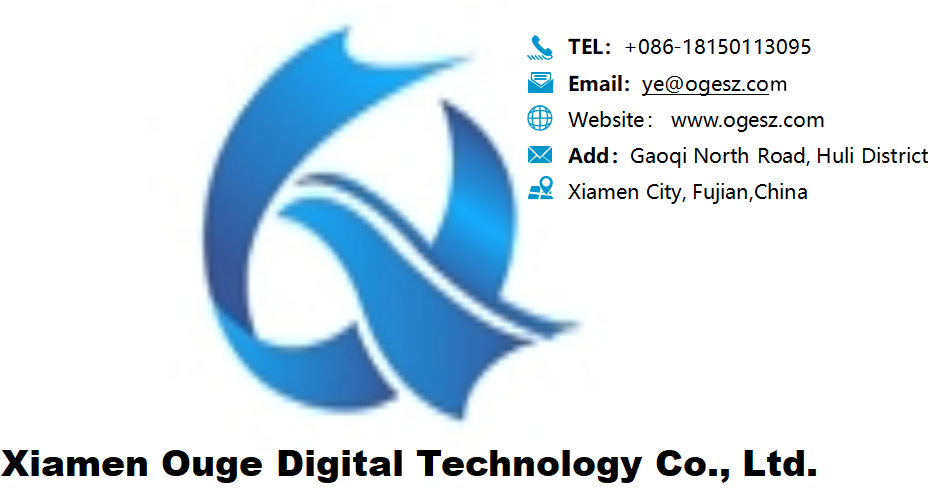









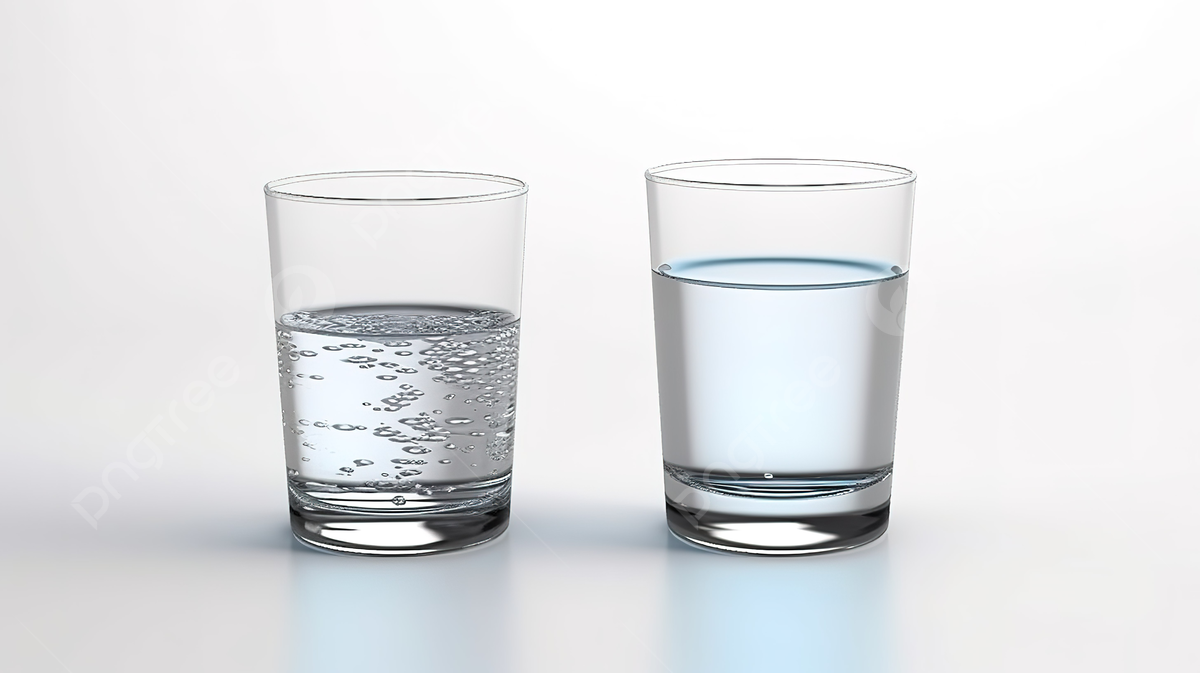 What is the difference between purified and pure water? Does a water purifier drink purified or pure water?
What is the difference between purified and pure water? Does a water purifier drink purified or pure water?
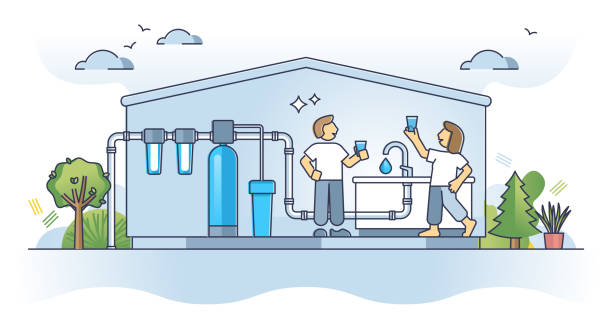 Whole house water purification is “pseudo demand”? 90% of the people are installed wrong! The scientific configuration guide is here!
Whole house water purification is “pseudo demand”? 90% of the people are installed wrong! The scientific configuration guide is here!
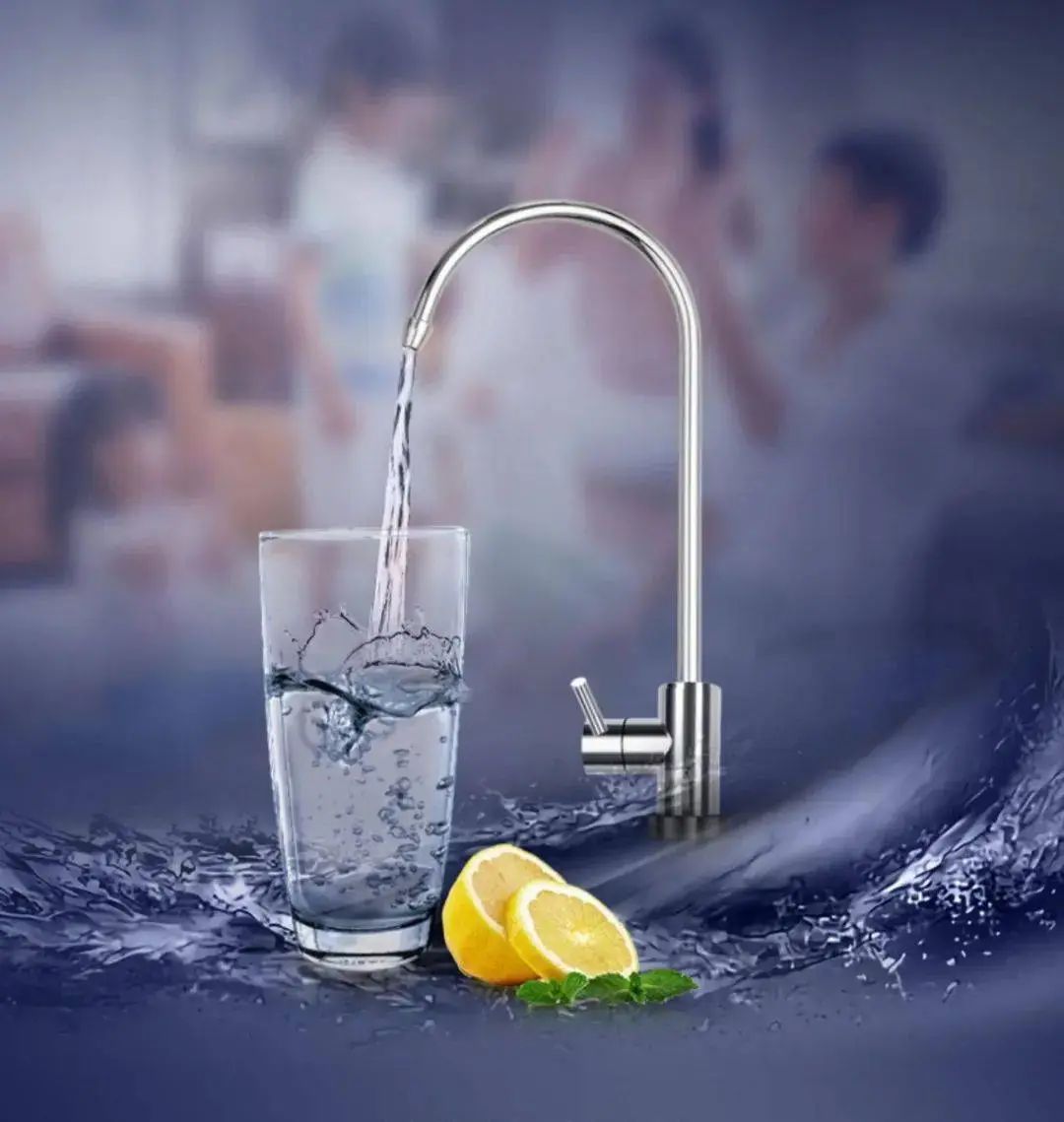 Is a whole house water purification system an IQ tax, or a necessity of life? Read it and you'll understand!
Is a whole house water purification system an IQ tax, or a necessity of life? Read it and you'll understand!
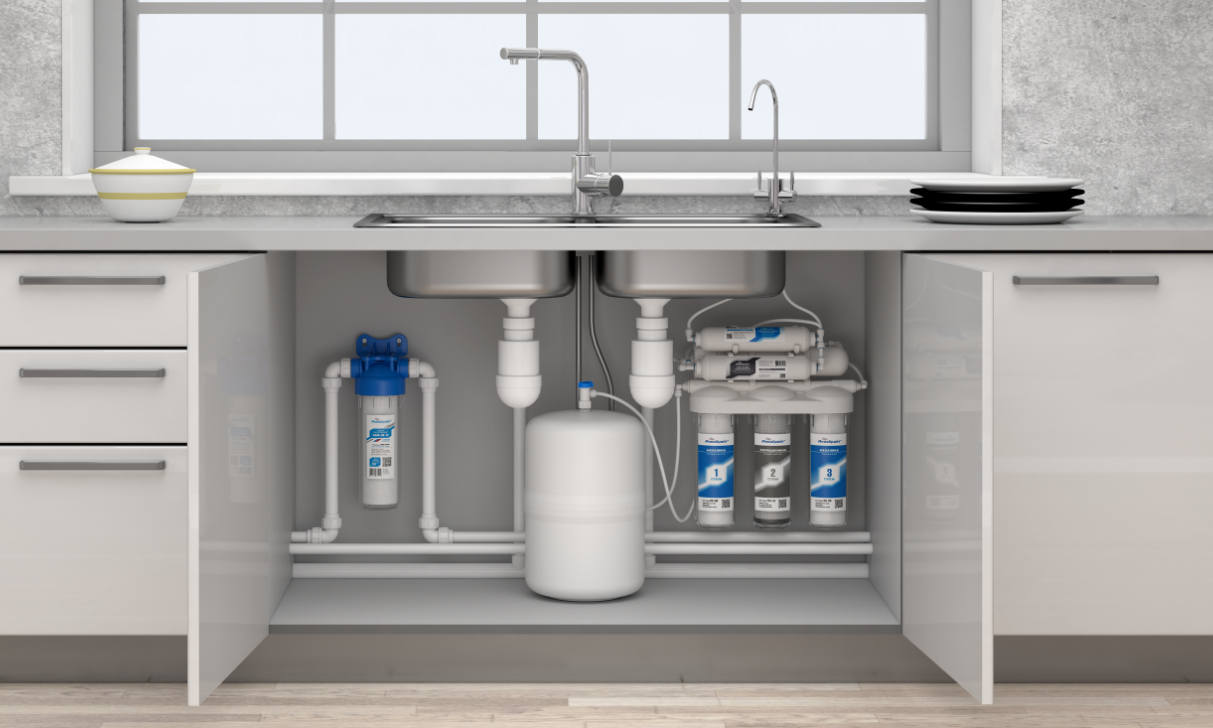 Home water purifier routine maintenance and maintenance is very important
Home water purifier routine maintenance and maintenance is very important